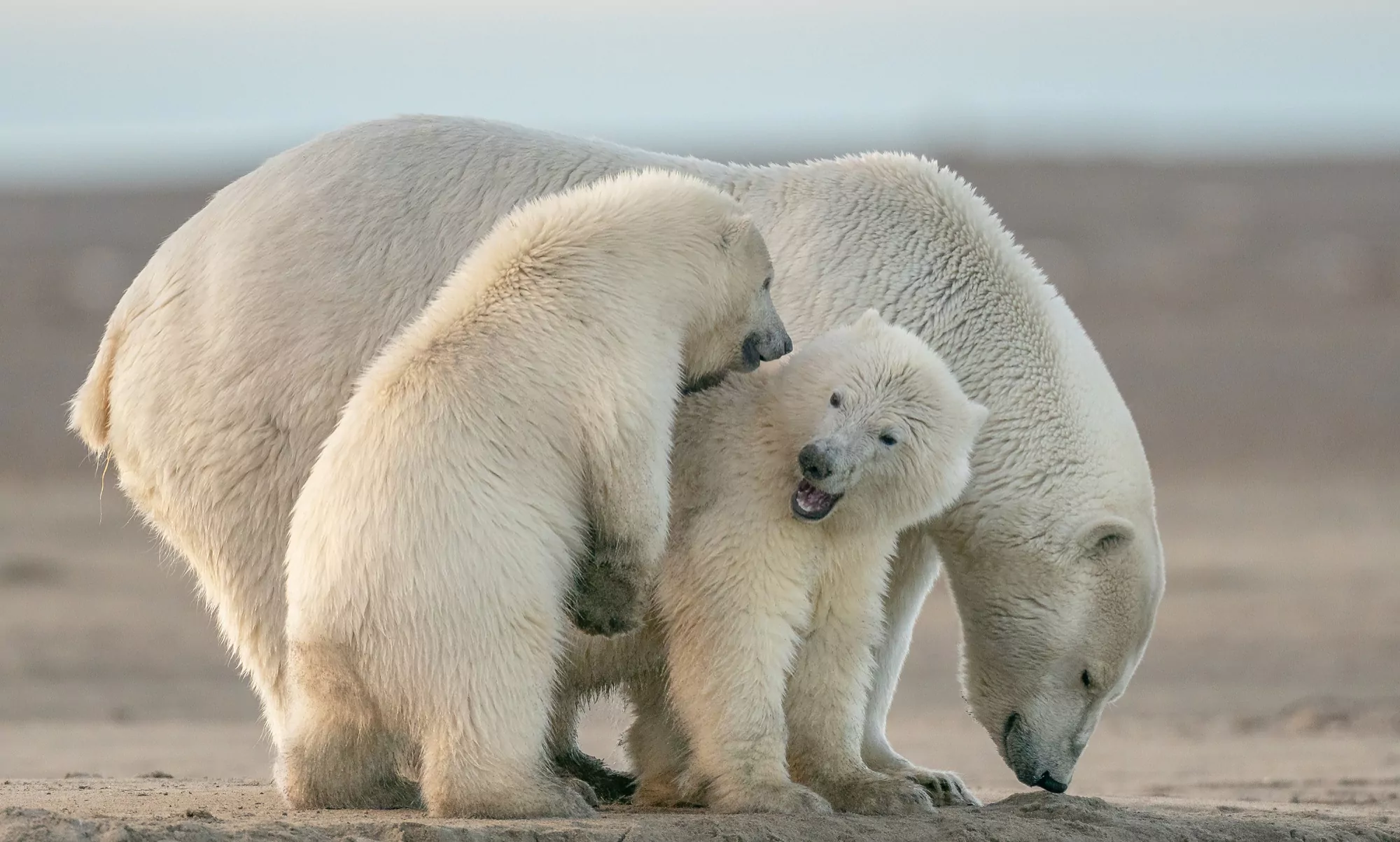In a pioneering study published in Scientific Reports, scientists have revealed that environmental contaminants can modulate the transcriptional activity of both human and polar bear peroxisome proliferator-activated receptor alpha (PPARA), potentially affecting lipid metabolism and posing risks to both species.
DOI:
10.1038/s41598-019-43337-w
Recent research has brought to light the significant impact environmental contaminants have on wildlife and human health alike. In an eye-opening study, scientists have cloned PPARA from polar bear liver tissue and uncovered how various environmental pollutants can activate nuclear receptors associated with lipid metabolism in both polar bears and humans. The paper, titled “Environmental contaminants modulate the transcriptional activity of polar bear (Ursus maritimus) and human peroxisome proliferator-activated receptor alpha (PPARA),” was published in the journal Scientific Reports.
Impact on Polar Bears
Polar bears, the majestic apex predators of the Arctic, rely heavily on their lipid metabolism for survival in their harsh environment. The PPARA receptor plays a critical role in this process, regulating the genes involved in fat metabolism and energy production. However, certain environmental contaminants appear to bind to and activate PPARA in polar bears, which may alter their lipid metabolism in ways that are not fully understood. Such changes could impair the bears’ ability to build fat reserves, potentially decreasing their chances of surviving the winter fasting period.
The intensity of this phenomenon was evidenced by the research, which found that technical mixtures of PCBs (polychlorinated biphenyls) like Aroclor 1254 could boost the transcriptional activity of polar bear PPARA by an astonishing 22-fold. Moreover, perfluorocarboxylic acids (PFCA) and perfluorosulfonic acids, compounds found abundantly in polar bear tissues, have been shown to induce PPARA-mediated luciferase activity dramatically.
Human Health Implications
This research also has alarming implications for human health. Given the close evolutionary relationship between humans and bears, human PPARA is similarly susceptible to activation by environmental pollutants. The activation of PPARA by pollutants can lead to disruptions in lipid metabolism, which is a cornerstone for various physiological processes in the human body.
Scientific Significance
The research team, led by Heli Routti from the Norwegian Polar Institute and including scientists from the University of Bergen, Aarhus University, and the Norwegian Institute for Air Research, embarked on a scrupulous in vitro analysis that provided valuable insights. They demonstrated the molecular and evolutionary adaptations of polar bear and human PPARA to environmental stressors.
The study’s significance is further underscored by the precarious conservation status of polar bears and the increasing penetration of man-made pollutants into ecosystems. This research stands out as a crucial step in understanding the intricate biochemistry of how species respond to environmental challenges.
Keywords
1. Environmental contaminants impact
2. PPARA activation pollutants
3. Polar bear lipid metabolism
4. Human health pollution effects
5. Arctic wildlife chemical exposure
References
1. Kelly, B. C. et al. “Food web specific biomagnification of persistent organic pollutants.” Science. 2007.
2. Letcher, R. J., Norstrom, R. J., Muir, D. G. G. “Biotransformation versus bioaccumulation: Sources of methyl sulfone PCB and 4,4′-DDE metabolites in the polar bear food chain.” Environ. Sci. Technol. 1998.
3. Desforges, J.-P. W. et al. “Immunotoxic effects of environmental pollutants in marine mammals.” Environ. Int. 2016.
4. Jenssen, B. M. et al. “Anthropogenic flank attack on polar bears: Interacting consequences of climate warming and pollutant exposure.” Front. Ecol. Evol. 2015.
5. Tartu, S. et al. “Multiple-stressor effects in an apex predator: combined influence of pollutants and sea ice decline on lipid metabolism in polar bears.” Sci. Rep. 2017.
The research paves the way for a broader understanding of the threat posed by environmental contaminants across species boundaries, elucidating that the human impact on natural ecosystems resonates within our own biology as well as that of the emblematic polar bear.
